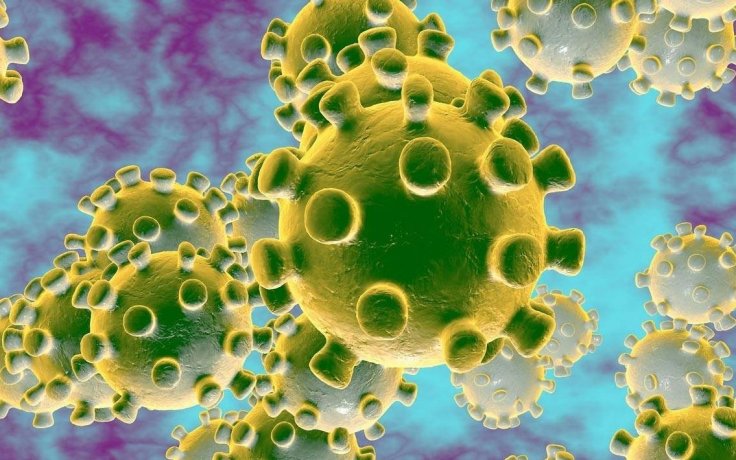Since the end of December 2019, the COVID-19 infection caused by the SARS-CoV-2 coronavirus which is said to have originated in China has spread across several continents. As the number of infections worldwide inch towards 100,000 and the death toll touching nearly 3,400, a new study says that there are not one but two strains of the deadly coronavirus.
According to a study by researchers from Peking University's School of Life Sciences and the Institut Pasteur of Shanghai under the Chinese Academy of Sciences, two strains of the virus—L and S—have been identified among the population studied. Out of the two strains, the researchers found that 'L' which evolved from 'S', was "more aggressive", and was found in approximately 70 percent of the cases studied.
Discovering different strains

The researchers studied the genome of the viral samples collected from 103 patients. On two locations of the genome, common mutations were found. Based on the genomic variations, found in these two areas, the scientists discovered two major strains or types— 'L' and 'S.' 72 of the analysed cases were classified as 'L' while 29 were grouped under 'S'.
Why did the virus mutate?
It is not uncommon for viruses to mutate, especially RNA viruses such as coronaviruses whose genetic material is RNA. In the study that the scientists submitted, human response to the coronavirus may have served as a 'selective pressure' on it.
Selective pressure can be an occurrence, which leads to change in the characteristics of an organism within a particular environment. It is central in driving evolution and mutations among organisms in order to survive.
'L' derived from 'S' type

Making up nearly 70 percent of the cases that were examined, the authors found that the 'L' variant seems to have descended from the old 'S' type. It is likely that the 'S' strain arose around the period when the pathogen hopped from animals to humans the authors said. The 'L' strain seems to have emerged shortly after the jump they added.
The scientists believe that the 'L' strain was more widespread during the initial phases of the infection in Wuhan City, the capital of China's Hubei province, and also the widely regarded epicentre and of the COVID-19 outbreak. Its prevalence reduced after early January 2020, they said. However, both the strains are responsible for the worldwide spread of the lethal respiratory infection.
"We propose that, although the 'L' type newly evolved from the ancient 'S' type, it transmits faster or replicates faster in human populations, causing it to accumulate more mutations than the 'S' type," the study said.
'L' the more aggressive strain
The 'L' strain was found to be more aggressive than 'S' due to its "potentially higher transmission and/or replication rates" according to the researchers. As mentioned earlier, the scientists suggest that selective pressure could also have played a role in the aggressiveness of 'L'. "Human intervention may have placed more severe selective pressure on the L type, which might be more aggressive and spread more quickly," they wrote.

"These findings strongly support an urgent need for further immediate, comprehensive studies that combine genomic data, epidemiological data, and chart records of the clinical symptoms of patients with coronavirus disease 2019 (COVID-19)," the study read.
Too early to draw definite conclusions
While the researchers drew their conclusions from their study of a population comprising of 103 people, they also said that further studies are required before making definite conclusions. "The data examined in this study are still very limited, and follow-up analyses of a larger set of data are needed to have a better understanding of the evolution and epidemiology of SARS-CoV-2," they wrote.
Stephen Griffin, a professor and expert in infection and immunity at Britain's Leeds University, who was not associated with the study also echoed the views of the authors. "It's difficult to confirm studies like this without a direct side-by-side comparison of pathogenicity and spread in, ideally, an animal model, or at least a greatly extended epidemiological study," he told Reuters.
The authors of the study also said that several questions such as whether the evolution of 'L' from 'S' occurred in humans or in the host animals before it skipped to humans, and which of the two strains are of higher virulence, among others must be answered.









